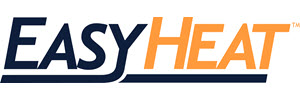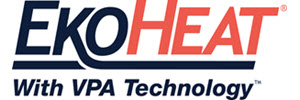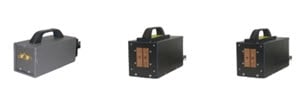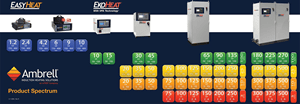Induction Brazing in a Controlled Atmosphere
- Home
- Process Applications
- Atmosphere Controlled Brazing
Why braze in a controlled atmosphere?
Induction brazing in controlled oxygen-free atmospheres under normal or close-to-normal atmospheric pressure is known as atmospheric brazing, allowing for reduced oxidation and improved control over the process.
Benefits of Induction Brazing in a Controlled Atmosphere
-
Meets tight production tolerances with precise localized heat to small areas creating pinpoint accuracy
-
Increases production rates with faster heating cycles
-
Reduces defect rates with repeatable, reliable heat
-
Eliminates variability from operator-to-operator, shift-to-shift
-
Maintains metallurgical characteristics of the individual metals
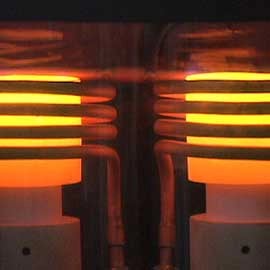
Select an option below:
controlled atmosphere brazing Application Notes
Select from our collection of controlled atmosphere brazing notes, developed over 39 years supporting our customers. Read how we helped to solve their process heating challenges!
controlled atmosphere brazing Application Notes
Thank you Friend for trusting us with your controlled atmosphere brazing inquiries. Read any of our application notes below without registration.
-
What parameters can limit controlled amosphere brazing with induction?
Brazing within an atmosphere is done by using a flux. This flux is not wished for in some applications the product is used for due to its corrosive nature. In addition brazing in atmosphere will result in more cleaning requirements after the joint was created
-
Why is atmosphere brazing beneficial in cold atmospheres?
Cold atmospheric brazing is typically considered low temperature joining of two metals at temperatures upto 500 degrees Celsius. This results in faster heat cycles, less power requirement, quicker cooling cycles and less distortion due to the lower temperature input.
-
What are the benefits of atmosphere brazing?
Due to the fact that brazing in an atmosphere is less complex than in an inert atmosphere the production rate is greatly increased. In addition less complex investment is required as it does not require specialized equipment to create an inert atmosphere or vacuum. Brazing in atmosphere is more versatile as setup changes are easily conducted in order to produce different parts
-
What Parameters can Limit Atmosphere Brazing with Induction?
Brazing within an atmosphere is done by using a flux. This flux is not wished for in some applications the product is used for due to its corrosive nature. In addition brazing in atmosphere will result in more cleaning requirements after the joint was created
-
Why is Atmosphere Brazing Beneficial in Cold Atmospheres?
Cold atmospheric brazing is typically considered low temperature joining of two metals at temperatures upto 500 degrees Celsius. This results in faster heat cycles, less power requirement, quicker cooling cycles and less distortion due to the lower temperature input.
-
What are the Benefits of Atmosphere Brazing?
Due to the fact that brazing in an atmosphere is less complex than in an inert atmosphere the production rate is greatly increased. In addition less complex investment is required as it does not require specialized equipment to create an inert atmosphere or vacuum. Brazing in atmosphere is more versatile as setup changes are easily conducted in order to produce different parts
-
Your induction controlled atmosphere brazing question..
Our Systems for controlled atmosphere brazing with Induction
AMBRELL CORPORATION
1655 Lyell Avenue
Rochester, NY 14606
United States
F: +1 585 889 4030
AMBRELL B.V.
Holtersweg 1
7556 BS Hengelo
The Netherlands
AMBRELL Ltd.
Unit 6, Space Business Centre
Tewkesbury Road
Cheltenham, GLOS, GL51 9FL
United Kingdom
F: +31 546 788 154


